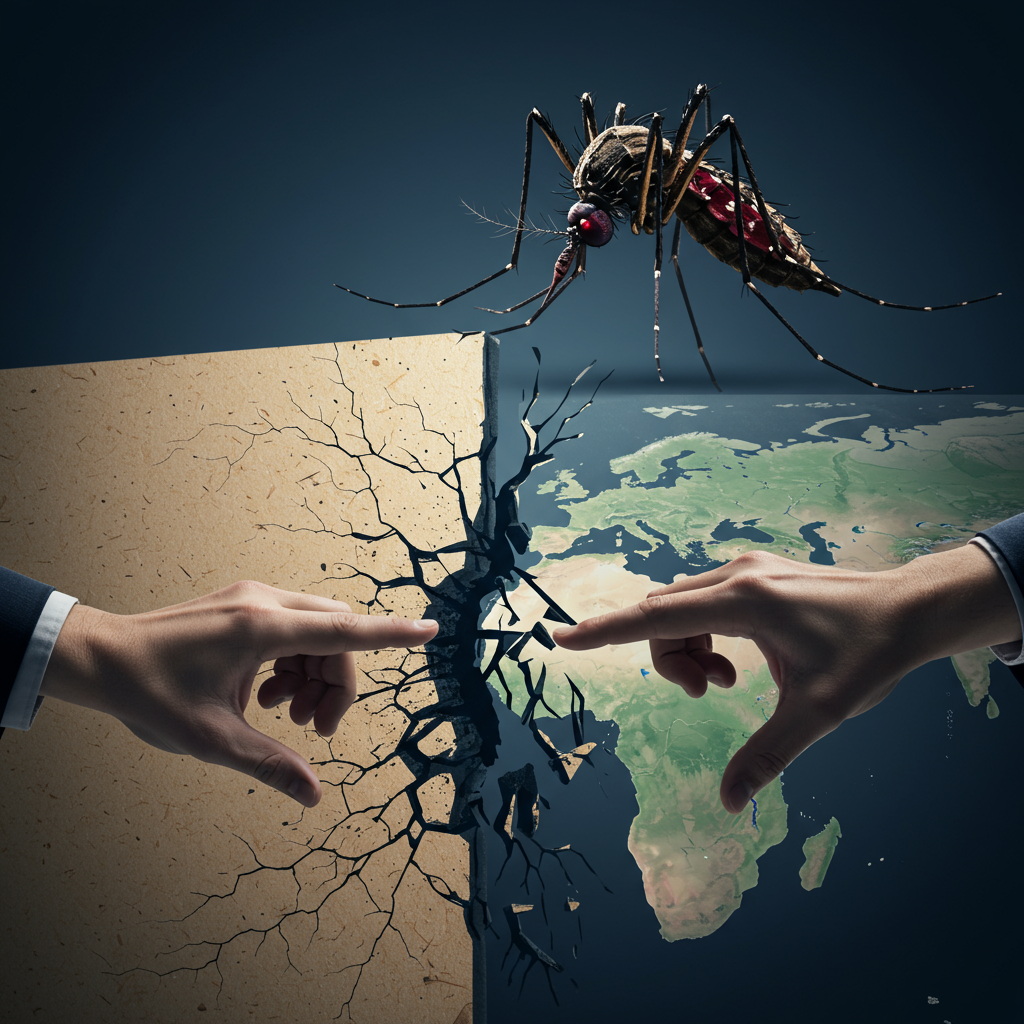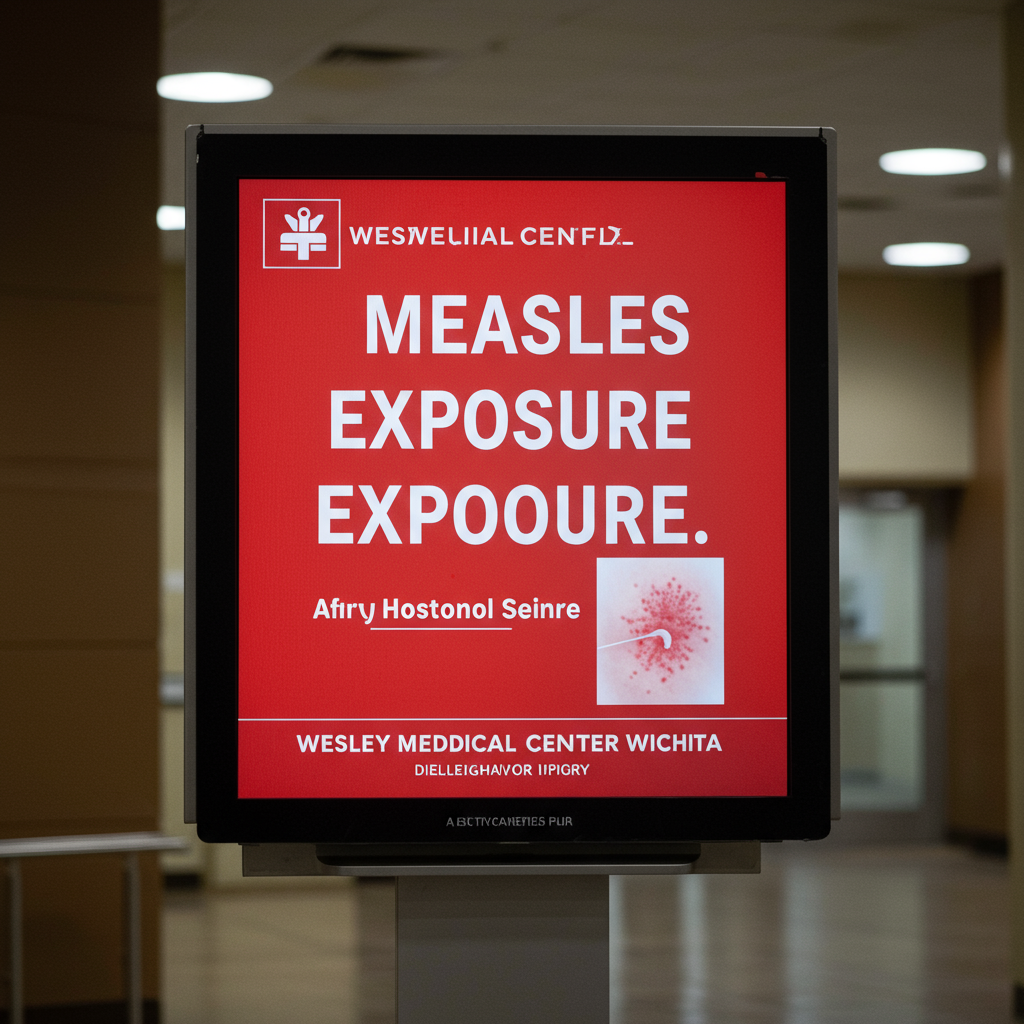The global fight against malaria stands at a precarious precipice. Alarming new research warns that anticipated malaria funding cuts by wealthy nations could trigger “the deadliest resurgence ever” of the disease. This looming crisis threatens to reverse decades of hard-won progress, leading to millions of preventable deaths and devastating economic losses across Africa and beyond. As international contributions dwindle, a perfect storm of biological threats and environmental changes intensifies the urgency for sustained investment.
An Unprecedented Public Health Crisis on the Horizon
Experts are sounding the alarm: a significant drop in anti-malaria funding could unleash a catastrophic wave of illness and death. According to a new analysis co-commissioned by the African Leaders Malaria Alliance (ALMA) and Malaria No More UK, even a 20% reduction in funding could result in an additional 33 million malaria cases and 82,000 more deaths by 2030. The economic toll is equally stark, with projections of a $5.14 billion loss in GDP. Peter Sands, Executive Director of the Global Fund, explicitly stated, “It’s pretty clear to me that this year more people will die of malaria than last year,” directly attributing this to funding disruptions.
The Staggering Human and Economic Cost
The most dire scenario paints a chilling picture: if preventive malaria control efforts were to collapse entirely due to a funding vacuum, the world could see a staggering 525 million additional cases and nearly a million more deaths (990,000) by 2030. A particularly heartbreaking finding is that 750,000 of these additional deaths would be children under five, representing “the loss of a generation to malaria,” as described by the report’s authors. This human tragedy comes with a colossal economic burden, potentially costing sub-Saharan Africa an estimated $83 billion in lost GDP. Nigerian businessman Aliko Dangote powerfully articulated this, stating, “Malaria is not just a health crisis; it is an $83bn brake on Africa’s growth and enterprise. Business cannot thrive in sick communities.”
The Global Fund: A Critical Lifeline Under Threat
At the heart of international malaria control lies the Global Fund to Fight AIDS, Tuberculosis and Malaria. This vital institution provides nearly 60% of all international financing for essential interventions, including mosquito nets and preventive drugs. The Global Fund is currently seeking $18 billion in donations to cover its operations for the 2027-2029 period. However, securing this crucial sum faces significant headwinds.
Donor Commitments Wane
Alarmingly, major donor nations are signaling reduced contributions. Germany’s recent pledge to the fund was 23% lower than its previous commitment. Similarly, the UK government is reportedly considering a 20% reduction, although a final decision remains unconfirmed. This trend is deeply concerning, especially given the current funding gap. In 2023, only $4 billion was mobilized for malaria, far short of the $8.3 billion needed to effectively combat the disease. Peter Sands expressed frustration that current spending only makes malaria “sustainable” rather than truly breaking its transmission cycle.
A Perfect Storm of Compounding Challenges
The battle against malaria is growing more complex, facing threats that go beyond mere financial shortfalls. A combination of environmental, biological, and societal factors is creating a “perfect storm,” jeopardizing years of hard-earned progress.
Environmental and Biological Resilience
Climate change is a significant amplifier of the malaria threat. Rising temperatures and increased flooding are expanding mosquito breeding sites, pushing malaria into previously unaffected higher altitudes. In Rwanda, for instance, these sites are now found where they weren’t before. Historically, African malaria mosquitoes have moved away from the equator by 4.7 kilometers and climbed 6.5 meters in altitude annually over the past century. Projections suggest that by 2070, billions more people could face malaria risk due to extended transmission seasons.
Adding to the complexity is the growing problem of drug resistance and insecticide resistance. The malaria parasite is evolving, developing partial resistance to artemisinin, the current backbone of malaria treatment. This echoes the historical crisis of chloroquine resistance. Furthermore, mosquitoes are becoming resistant to common insecticides, diminishing the effectiveness of bed nets. The spread of the invasive Anopheles stephensi mosquito, native to Asia, into Africa introduces new challenges for vector control, as it thrives in urban environments.
Societal Pressures and Coverage Gaps
Africa’s rapidly expanding population means that prevention efforts must now cover a significantly larger and more dispersed demographic, driving up costs and logistical complexities. Despite the availability of tools, intervention coverage remains low. For example, only 59% of children sleep under insecticide-treated nets. When accounting for reduced effectiveness due to resistance, actual protection levels for children may be as low as 30%, contributing to rising case numbers. Public health leaders also point to disproportionate global attention given to novel pathogens and future disease threats, while malaria continues to claim hundreds of thousands of lives annually.
Africa’s Unified Call: Investment for Growth and Stability
African leaders are not passive observers in this crisis. They are actively stepping up their domestic efforts, with marked increases in budget allocation specifically for malaria since the beginning of the year. However, they emphasize that the enormity of the challenge demands global solidarity. Joy Phumaphi of ALMA urges the rest of the world to “accompany us on this journey,” highlighting that “all of us need to be part of the end story of malaria.”
The Economic Imperative for Global Investment
Leaders are appealing directly to G7 nations, the private sector, and high-net-worth individuals to sustain or increase investment. They argue that controlling malaria is not merely a health issue but a powerful catalyst for economic growth and trade. The disease profoundly impacts GDP through factors like disrupted schooling, employee absences, and adverse effects on tourism and agriculture. Conversely, the analysis indicates that if the Global Fund secures its full requested amount of $18 billion, it could unlock a staggering $230 billion boost to Africa’s GDP by 2030, alongside 865 million fewer cases and 1.86 million fewer deaths. This prospect offers new trade opportunities and enhances global supply chains, underscoring that business cannot thrive in sick communities.
Innovations Paving the Way Forward
Despite the daunting challenges, the scientific community continues to develop innovative tools in the fight against malaria. Next-generation prevention methods include dual-insecticide mosquito nets and the use of drones to precisely disperse chemicals targeting mosquito larvae. British science, in particular, is at the forefront of this effort, with researchers at the University of Oxford’s Jenner Institute and Imperial College London leading advancements. Dr. Mehreen Datoo from Oxford emphasized that “No vaccine or treatment on its own is enough. We need a combination of approaches and continued research.”
The Promise of Vaccines and Treatments
The rollout of malaria vaccines (RTS,S and R21/Matrix-M) represents a significant breakthrough, reaching over 3 million children in 19 African countries by early 2025. These vaccines show significant reductions in child mortality and clinical malaria. However, experts like Peter Sands caution that while critical for reducing deaths, vaccines alone may not significantly impact disease transmission enough to reverse the current surge.
Developing next-generation treatments is also paramount, especially in the face of growing drug resistance. Medicines for Malaria Venture (MMV) is actively working on innovative antimalarials, including potential single-dose cures and long-acting injectable prevention, designed to overcome resistance and protect children for an entire malaria season. Furthermore, efforts are underway to boost African research capacity, with MMV establishing manufacturing hubs on the continent and making AI-powered drug discovery tools open access globally.
Frequently Asked Questions
What are the predicted consequences if global anti-malaria funding significantly decreases?
If global anti-malaria funding drops by 20%, studies warn of an additional 33 million cases and 82,000 more deaths by 2030, alongside a $5.14 billion loss in GDP. In a worst-case scenario where preventive efforts collapse entirely, estimates soar to 525 million additional cases, 990,000 more deaths (including 750,000 children under five), and an $83 billion hit to Africa’s GDP. This would reverse decades of progress, unleashing what experts fear could be the deadliest malaria resurgence ever.
How is climate change impacting the spread of malaria?
Climate change significantly exacerbates the malaria crisis by altering environmental conditions that favor mosquito breeding and transmission. Rising temperatures and increased rainfall or flooding create more breeding sites for mosquitoes. This allows malaria to spread into new geographical areas, including higher altitudes where it was not previously endemic. Additionally, it can extend transmission seasons, putting more people at risk for longer periods.
What specific actions are African leaders and organizations taking to combat malaria and secure funding?
African leaders, primarily through the African Leaders Malaria Alliance (ALMA), are appealing to G7 nations, the private sector, and high-net-worth individuals to sustain and increase investment. They are also increasing domestic budget allocations for health and malaria initiatives within their own countries. Organizations like Malaria No More UK co-commission research to highlight the economic and human costs of malaria, while scientific institutions and partners like MMV focus on developing and deploying new tools, treatments, and vaccines, as well as building local research and manufacturing capacity across Africa.
Conclusion: A Critical Moment for Global Solidarity
The choice before the international community is stark and urgent: invest now to finally defeat malaria or face a devastating resurgence that will cost millions of lives and billions in economic potential. The complex interplay of funding cuts, climate change, biological resistance, and societal pressures creates an unprecedented public health crisis. African nations are demonstrating leadership and commitment, but the scale of the challenge necessitates robust, sustained global solidarity. By prioritizing continued investment in the Global Fund and embracing innovative tools and strategies, the world can prevent a humanitarian catastrophe, unlock Africa’s vast economic potential, and ultimately achieve the shared vision of a malaria-free future.




